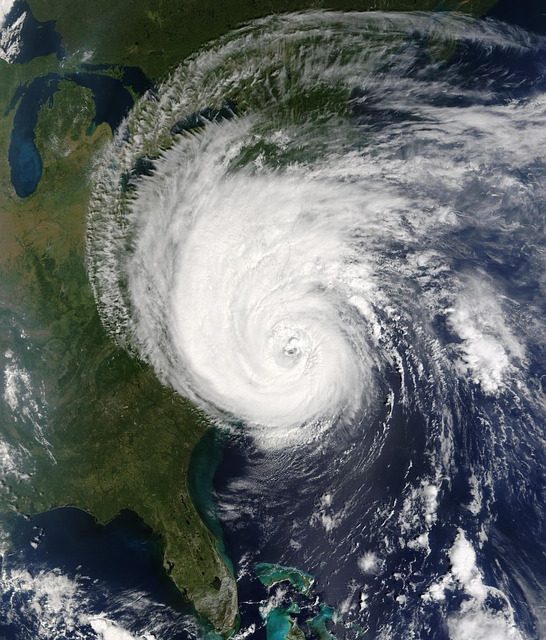Though severe weather affects all of America, in the continental United States hurricane season (June – November) comes with specific concern for the coastal states from Virginia to Texas. During the past few days, the Carolina’s have been dealing with the wind, water, power outages and trauma caused by Hurricane Florence. Because of the extreme weather, head injuries are more common. However, because extreme weather limits one’s ability to exit the house and get access to medical facilities, the exact amount of trauma caused by a sudden-onset disaster like a hurricane is not known. (As the NIH notes, “Injury patterns during storms are not much studied and lack uniformity.”)
Online, brain injury experts have presented lists of what safety precautions should be taken for those who live with a brain injury or who get a brain injury during the storm. The Center for Disease Control briefed medical experts and hospitals on what injuries they are likely to face because of Florence and how to deal with them. The Federal Department of Health and Human Services online provides a list of resources specific to Emergency/Crisis and Disaster Settings. In preparation for Florence, the CDC set up a small temporary medical facility in Atlanta. They also have a webpage detailing emergency wound care after a natural disaster and a pamphlet online providing tips for safety, though these tips don’t seem to address prevention of head trauma beyond DON’T DRIVE. The states provide information online regarding what those with disabilities and their caregivers should do in the event of a natural disaster, with 10 states offering brochures, booklets, guides and other material.
No matter how much people and hospitals prepare for the negative effects of natural disasters, or how much natural disasters bring out the more considerate side of people, there will always be injuries and possible deaths. For Florence, the death toll is now 23. Often, “outside assistance arrives later, and transportation to functional hospitals is too long to save lives of the most critically injured.” The public is horrified by the news that a mother and her infant were crushed and killed by a tree on Friday, September 14, the first known fatalities from the storm.
The NIH notes the challenges of diagnosis, treatment and prevention of a brain injury during a sudden-onset disaster: immediate emergency medical response, long-term care, and prevention of post-event increases in pediatric TBIs because of abuse when rapid-onset natural disasters occur. With such a natural disaster, though, trauma is all too common and hospitals are limited due to weather, which presents an ethical quandary for medical professionals – immediate action is necessary for brain injury, but should a hospital first care for someone who may not survive? (The development of telemedicine for those who do not need or do not have access to immediate care may help answer this question for doctors.)
A medical professional, however, notes about such emergency circumstances, “this is what we train for.” For example, a North Carolina deputy got a head injury while responding to calls for service. A North Carolina teen and his father were transported to the hospital with a fractured skull/bleeding on the brain and an injury that required 12 staples in his head, respectively, after a tree fell on them while they were removing debris from the road.
Today, September 17, the extreme weather has subsided in the Carolinas. However, according to the National Hurricane Center, the flooding, power outages and road closures continue. Those that evaluated due to the storm, including those with brain injuries and their caregivers, will soon return. Some hospitals have reopened in the past few days. Now, though, the residents of the Carolinas are coping with extreme flooding. Medical care is not yet easily accessible and it is still difficult to communicate with medical professionals. Also, “evacuees have [now] been exposed to potentially contaminated flood waters and crowded living conditions and have had many opportunities for traumatic injury.” Among the mentioned injuries is traumatic brain injury.

